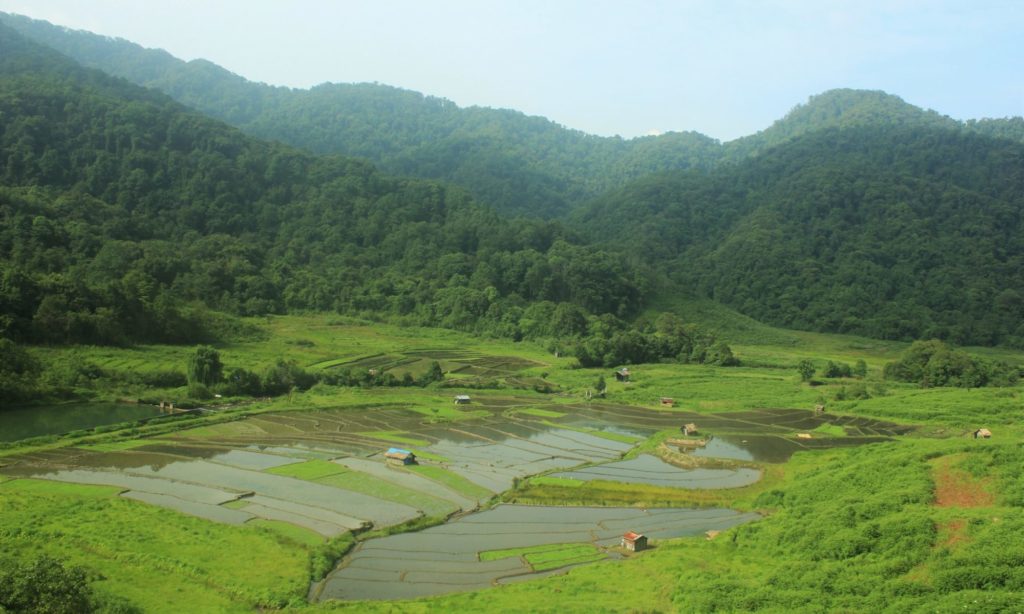
Shifting cultivation, a traditional farming method practiced pantropically, involves clearing a forest patch, cropping and subsequent abandonment on a rotational basis. With the declining rotation period, shifting cultivation is expanding into old-growth forests, thus becoming a major driver of carbon emissions through deforestation and forest degradation, and of biodiversity loss. The impacts of shifting cultivation on carbon stocks and biodiversity have rarely been quantified, and the potential for carbon-based payments for ecosystem services (PES), such as REDD+, to protect carbon and biodiversity in shifting cultivation landscapes is unknown. This work addressed these critical knowledge gaps and assessed carbon and biodiversity recovery following shifting cultivation and the potential of REDD+ mechanism in protecting and enhancing carbons stocks in shifting cultivation landscapes.
I sampled carbon stocks and bird communities across farmland, regenerating secondary forest and old-growth forest in a shifting cultivation landscape in Nagaland, Northeast India. I then used these data to predict carbon stocks, species richness, phylogenetic and functional diversity at a landscape level under divergent management scenarios of REDD+.
I showed that carbon stocks recovered substantially across regenerating secondary forest, with a 30-year fallow storing about half the carbon of an old-growth forest. However, bird species occurrence was higher in farmland and regenerating secondary forests than old-growth forest. I also showed that functional diversity in bird community was robust to shifting cultivation impacts, whereas loss in phylogenetic diversity from forest conversion to shifting cultivation recovered rapidly with increasing fallow age. Old-growth forests sustained a phylogenetically and functionally clustered bird community. In contrast, farmland maintained an over-dispersed bird community retaining diverse evolutionary lineages and functional groups. Scenario simulations suggested that sparing old-growth forests from deforestation and intensifying cropping in the remaining area of shifting cultivation is the most optimal strategy for carbon storage. In contrast, REDD+ interventions that maintain a mosaic landscape with farmland, regenerating forest and old-growth forest were optimal in preserving high levels of species abundance and phylogenetic and functional diversity. These findings highlight the conservation value of shifting cultivation and potential of conservation interventions to achieve both carbon and biodiversity co-benefits with carbon payments.